Muhammad Zubair
Reconfigurable Intelligent Surfaces: Interplay of Unit-Cell- and Surface-Level Design and Performance under Quantifiable Benchmarks
Apr 04, 2023Abstract:The ability of reconfigurable intelligent surfaces (RIS) to produce complex radiation patterns in the far-field is determined by various factors, such as the unit-cell's size, shape, spatial arrangement, tuning mechanism, the communication and control circuitry's complexity, and the illuminating source's type (point/planewave). Research on RIS has been mainly focused on two areas: first, the optimization and design of unit-cells to achieve desired electromagnetic responses within a specific frequency band; and second, exploring the applications of RIS in various settings, including system-level performance analysis. The former does not assume any specific radiation pattern on the surface level, while the latter does not consider any particular unit-cell design. Both approaches largely ignore the complexity and power requirements of the RIS control circuitry. As we progress towards the fabrication and use of RIS in real-world settings, it is becoming increasingly necessary to consider the interplay between the unit-cell design, the required surface-level radiation patterns, the control circuit's complexity, and the power requirements concurrently. In this paper, a benchmarking framework for RIS is employed to compare performance and analyze tradeoffs between the unit-cell's specified radiation patterns and the control circuit's complexity for far-field beamforming, considering different diode-based unit-cell designs for a given surface size. This work lays the foundation for optimizing the design of the unit-cells and surface-level radiation patterns, facilitating the optimization of RIS-assisted wireless communication systems.
Generalized Fully Coherent Closed-form Receiver Design for Joint Radar and Communication System
Nov 28, 2021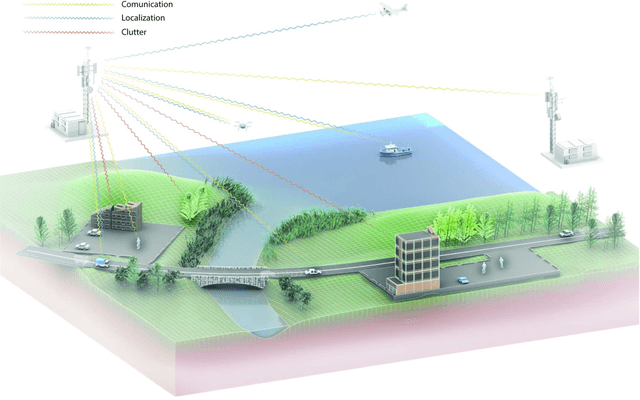
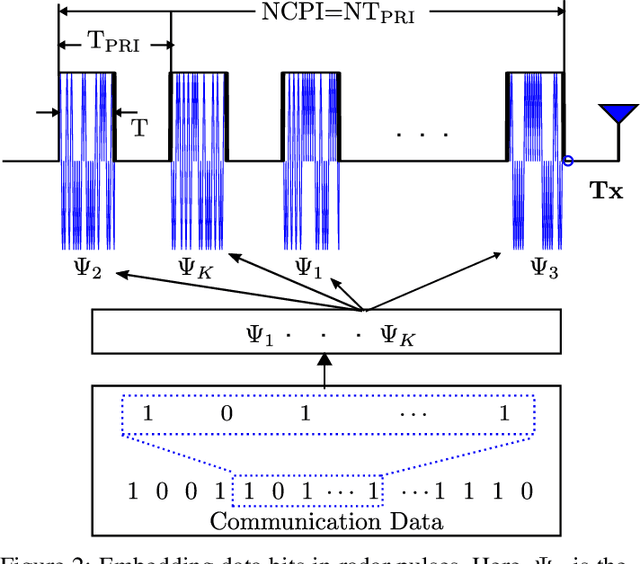
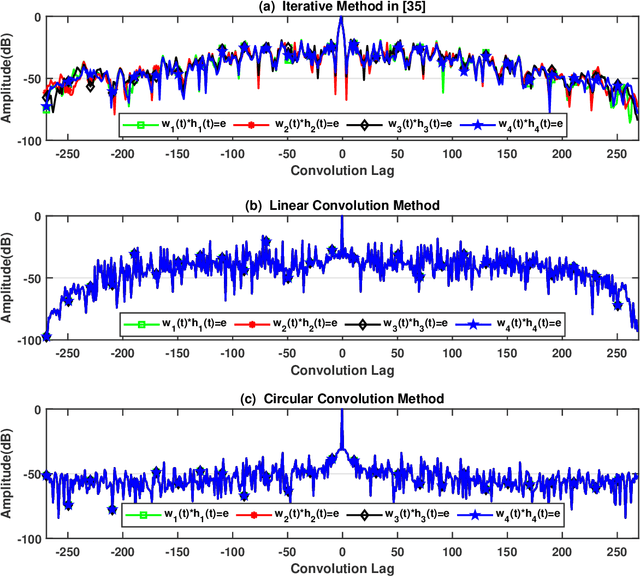
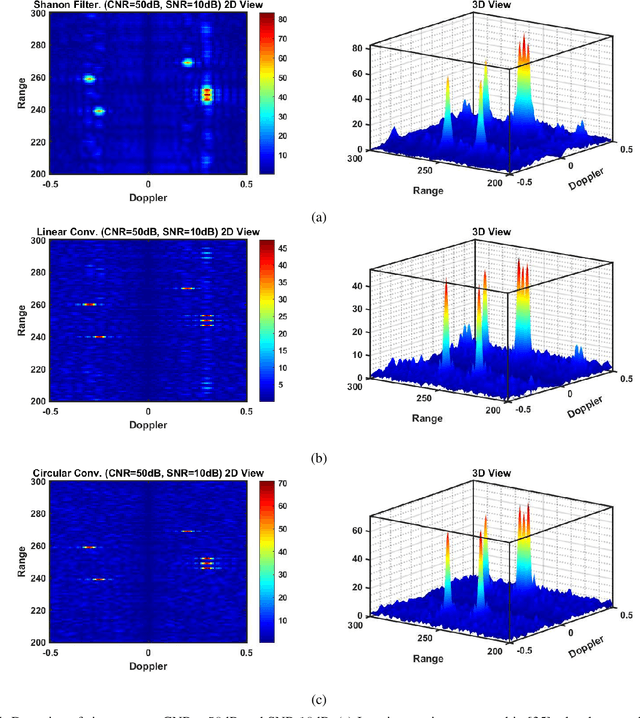
Abstract:In conventional radar, the transmission of the same waveform is repeated after a predefined interval of time called pulse-repetition-interval (PRI). This technique helps to estimate the range and Doppler shift of targets and suppress clutter. In dual-function radar communication (DFRC), different waveforms are transmitted after each PRI. Thus, each waveform yields different range-side-lobe (RSL) levels at the receiver's output. As a consequence, Doppler shift estimation and clutter suppression become challenging tasks. A state-of-the-art (SOTA) method claims that if the number of waveforms is more than two, it is impossible to achieve fully coherent RSL levels with both waveforms. Therefore, this algorithm uses iterative methods to achieve as much as possible coherency and minimize the RSL levels. In contrast to that SOTA method, we proposed two novel closed-form receivers for the DFRC that yield a fully coherent response for several waveforms and suppress the RSL levels. Experimental results demonstrate that the proposed receivers achieve full coherency and the RSL levels are significantly lower than the conventional method.
Chaotic Time Series Prediction using Spatio-Temporal RBF Neural Networks
Aug 17, 2019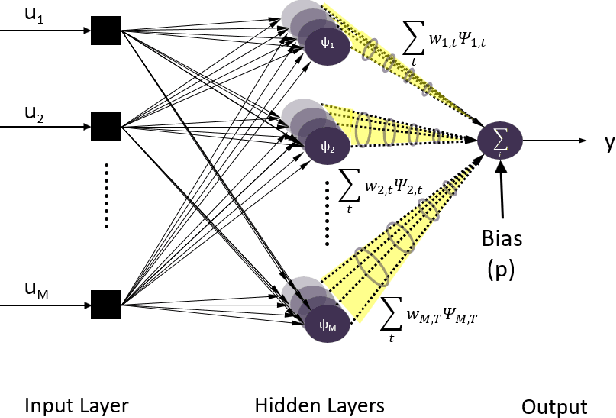
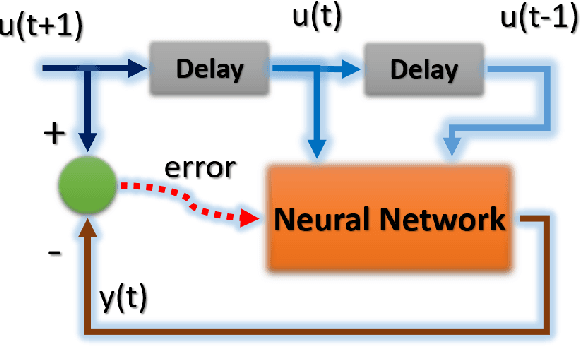
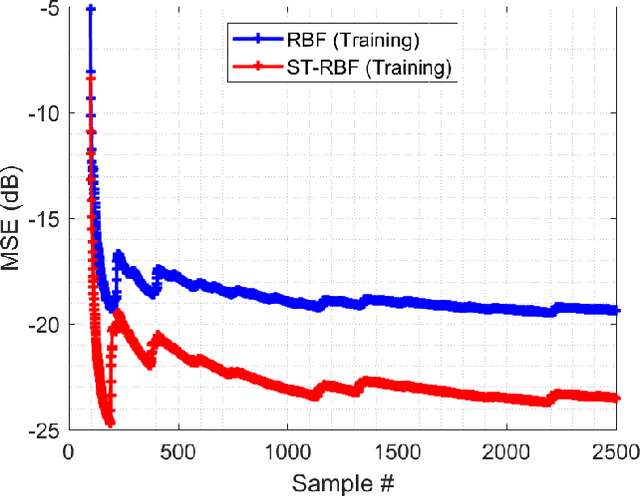
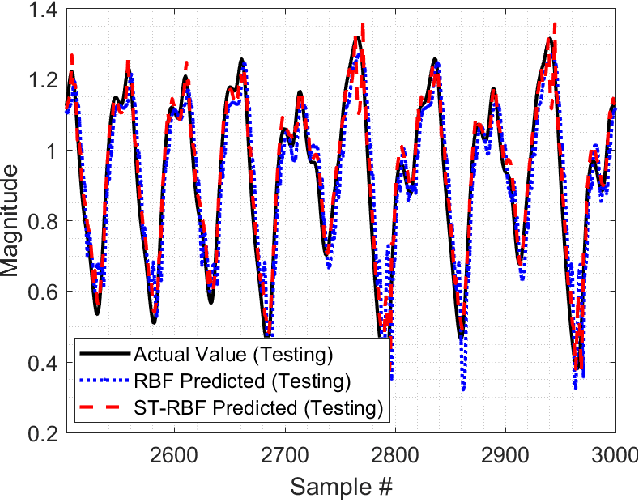
Abstract:Due to the dynamic nature, chaotic time series are difficult predict. In conventional signal processing approaches signals are treated either in time or in space domain only. Spatio-temporal analysis of signal provides more advantages over conventional uni-dimensional approaches by harnessing the information from both the temporal and spatial domains. Herein, we propose an spatio-temporal extension of RBF neural networks for the prediction of chaotic time series. The proposed algorithm utilizes the concept of time-space orthogonality and separately deals with the temporal dynamics and spatial non-linearity(complexity) of the chaotic series. The proposed RBF architecture is explored for the prediction of Mackey-Glass time series and results are compared with the standard RBF. The spatio-temporal RBF is shown to out perform the standard RBFNN by achieving significantly reduced estimation error.
 Add to Chrome
Add to Chrome Add to Firefox
Add to Firefox Add to Edge
Add to Edge